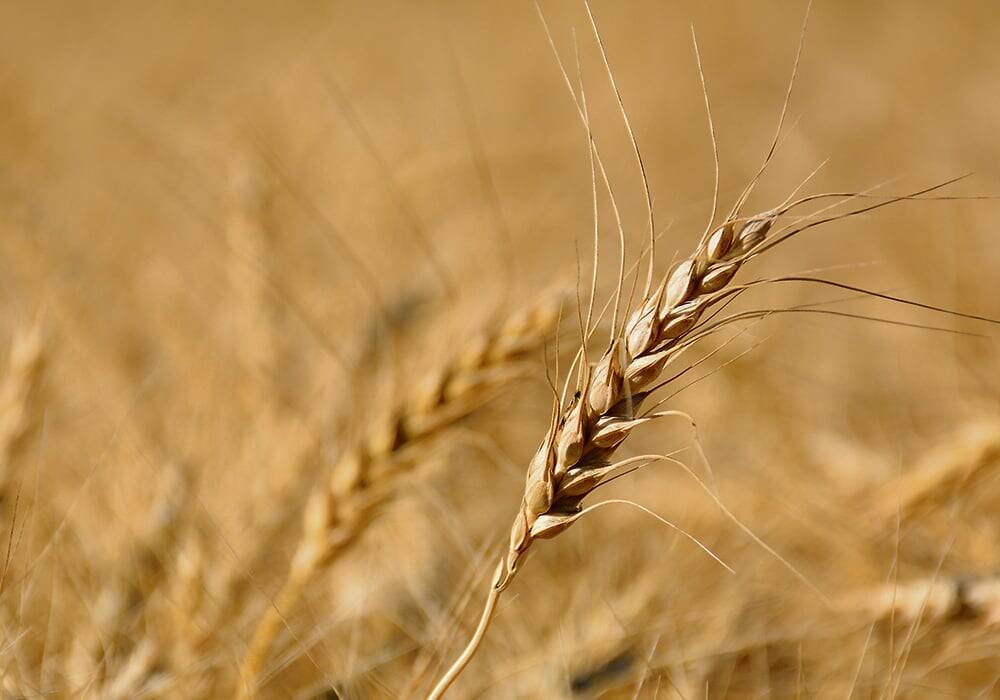Glacier FarmMedia | MarketsFarm — Lentil prices in Western Canada are in decline, but the culprit isn’t seeding or seasonal pressure, said a Calgary-based trader.
Levon Sargsyan, a trader for Johnston’s Grain, pointed to ample global supply and a lack of demand by importing countries such as India as the reasons for lagging prices.
“Exports have been slow in general,” Sargsyan said. “There hasn’t been any real interest from local traders to take any positions at the moment, so prices have been dropping as a result.”
Read Also

Prairie CWRS bids rise, other wheats mixed
Canada Western Red Spring (CWRS) wheat bids across the Prairie provinces saw some strength during the week ended Nov. 11, taking some direction from the United States futures. However, other wheat classes were mixed.
Green lentils — the Laird, Eston and Richlea varieties — are steady to down as much as seven cents per pound compared to last month as of June 16, according to Prairie Ag Hotwire. Red lentils were also down two to two-and-a-half cents per pound over the past month.
Delivered bids for #1 and #2 lentil grades ranged from 40.5 to 50 cents for Lairds, 33.5 to 38 for Estons and 33.5 to 42 for Richleas. Reds ranged from 28 to 31 cents/lb.
“For red lentils, the prices were being held up by domestic markets. Once that got covered, export prices dominated the price trends,” he said. “They were at 33 or 34 cents in the last month. But I would say green lentils were impacted to the greatest degree.”
In its March report, Statistics Canada projected 2025-26 seeded lentil acres at 4.174 million acres, which compares with 4.211 million in 2024-25. Updated acreage estimates will be released June 27. Given average yields, Agriculture and Agri-Food Canada is forecasting total lentil production in 2025-26 to be down four per cent at 2.325 million tonnes. Projected exports and carryout for both marketing years were 2.1 million tonnes and 305,000 tonnes, respectively.
“But a lot of growers are anticipating below-average yields with the current weather trends,” Sargsyan said, referring to forecasts of hot and dry weather this summer on the Prairies. “So we will have to see how they reflect on prices in the coming weeks.”















